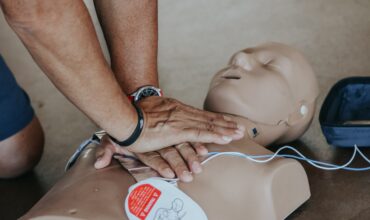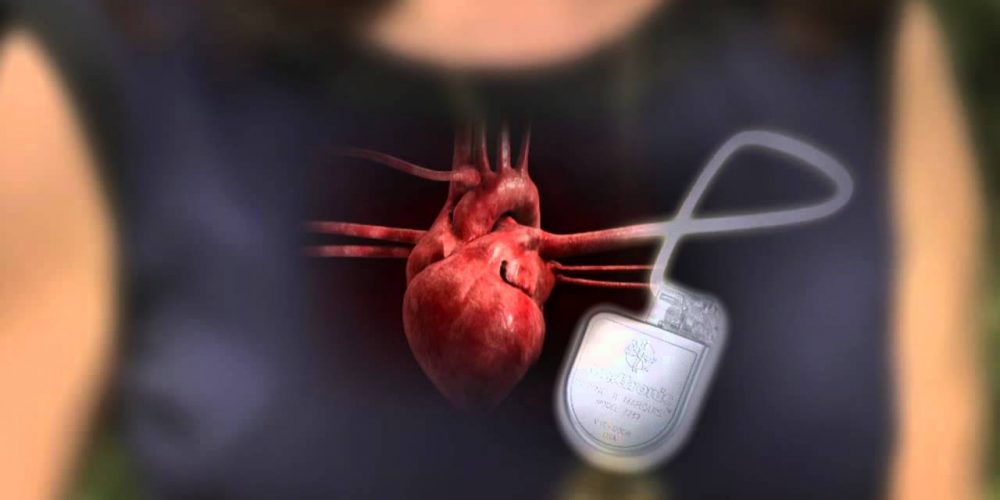- Your cart is empty
- Continue Shopping


It is generally safe to use an automated external defibrillator (AED) on someone who has a pacemaker. AEDs are designed to be used on anyone who is experiencing a life-threatening cardiac arrhythmia, such as ventricular fibrillation, which can be treated with defibrillation.
While it is possible that the electrical shock from the AED could affect the functioning of the pacemaker, the benefits of using the AED to potentially save the person’s life outweigh this potential risk.
It is important to follow the instructions for using an AED and to consult with medical professionals if you have any questions or concerns
If the victim has a pacemaker implanted, it will be just below the skin, usually in the upper left chest. It will be a small bump about two inches long, and you may even see a scar over the area.
A pacemaker keeps the heart beating at the proper rate and from beating too slowly. It helps control abnormal heart rhythms, and it will only activate if it is needed. If you are dealing with an Implantable Cardioverter-Defibrillator (ICD) it will be a slightly bigger device, but similar to a pacemaker. It sends electrical pulses, or shocks, to the heart when it senses any abnormalities in the heartbeat, and helps those who have an irregular heartbeat or are at risk for sudden cardiac arrest.
The biggest difference between an ICD and a pacemaker is that an ICD continually monitors heart rhythm and can send low- or high-energy electrical pulses to correct an abnormal heart rhythm.
ICDs will initially send low-energy pulses to restore heart rhythm but switch to high-energy pulses when the low-energy shocks are ineffective. Pacemakers, however, only give low-energy electrical pulses to restore a regular heartbeat. It is always a possibility for both devices to malfunction, and fail to deliver the lifesaving intervention a victim needs.
Most patients will have the device in their upper right chest, just where you would normally place an AED pad. You should avoid placing a pad directly over the device, if at all possible.
When you are placing the AED pads on the patient’s chest, your goal is to “sandwich” the heart. When you think about it this way, you will realize that placing the AED pad a few inches below where you would normally place it is still acceptable. If the implanted pacemaker delivers a low-energy shock while you are attempting to use an AED, you will simply wait for 30 to 60 seconds for the pacemaker to complete the shock. Don’t worry about damaging the device, most are designed to withstand external defibrillation, and saving the victim’s life is much more important than saving a machine.
Did you know?
In 2015, a study was done in San Francisco, CA. 712 residents had an Implantable Cardioverter-Defibrillator (ICD) during the study period. Of these patients, 15.3% died, and 6.4% of the deaths were sudden cardiac deaths with a device concern.
Implementation Guide